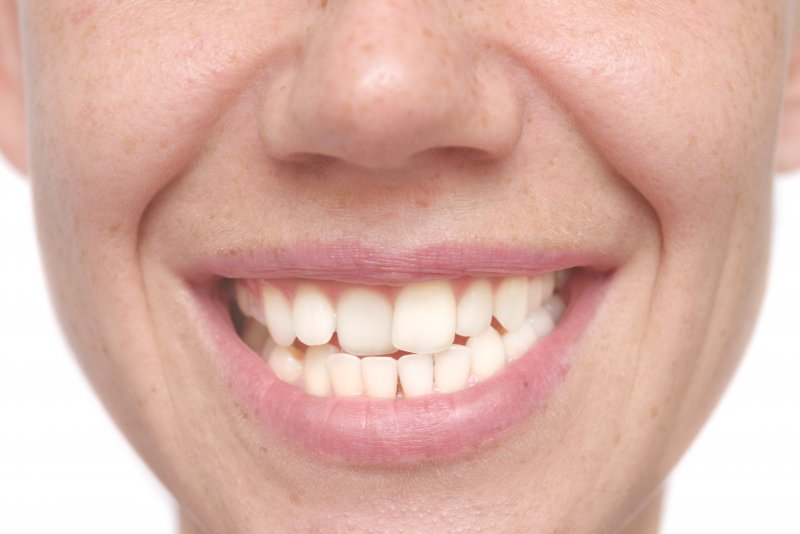
Crooked teeth can pose many oral health problems as well as issues related to self-esteem. Not only can it be harder to keep teeth and gums clean and bacteria-free, but the inconsistency and misalignment that is visibly noticeable can make it hard for children, teens, and adults to smile confidently. If your orthodontist recommends braces, consider this a step in the right direction. However, if they suggest interproximal reduction, don’t be alarmed. Keep reading to learn more about this procedure, why it’s recommended, and how it can help you see the beautiful results you deserve.
What is Interproximal Reduction (IPR)?
Interproximal reduction is a process used by orthodontists to remove a small bit of enamel from the outer surface so that it no longer touches a neighboring tooth.
This allows the orthodontist to reshape the tooth and create additional space so that once braces are applied, the teeth will begin to move correctly into place.
How to Know if You Need Interproximal Reduction
The only way to know if you need IPR is by meeting with your orthodontist for a comprehensive examination. During this appointment, you can expect they will look at the size of your teeth as well as their shape and alignment. This, along with their position, will determine if IPR is necessary.
Although it might seem like an unnecessary step, this procedure gives you the best chance to see positive, effective, and long-lasting results. In fact, it’s believed that after braces are removed, teeth treated with IPR will be more likely to remain in place.
How is IPR Performed?
Your orthodontist will begin by smoothing your tooth enamel either manually or with a specialized instrument. The process is fairly straightforward to complete.
Your soft oral tissues (i.e., your gums) will be protected to prevent steel strips or digital instruments from coming into contact with these areas. The orthodontist will then begin to smooth the tooth enamel, effectively reshaping the teeth to create appropriate space between them.
Giving your teeth a final polish to ensure there are no rough corners or edges (recontouring), your orthodontist will suggest fluoride protection to minimize the potential for demineralization. This is not always required but may be recommended.
There is nothing to be afraid of should your orthodontist recommend IPR. You can trust that if required, your teeth will have a better chance of moving into alignment more easily as well as deliver longer-lasting, better-functioning results in the future.
About the Author
Dr. Timothy Wigal is an orthodontic specialist who attended the West Virginia University School of Dentistry and graduated with the highest honors and received his Doctor of Dental Surgery degree in 2005. After spending 3 years in a residency program focusing on orthodontics and dentofacial orthopedics, he received his certificate of specialty in orthodontics. Providing patients with exceptional solutions, he offers additional forms of pre-treatment, like interproximal reduction, to generate better results, especially when treating crooked teeth. Visit our website to learn more about the process and if you might be a candidate.

